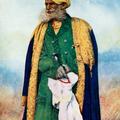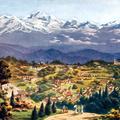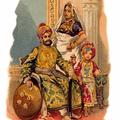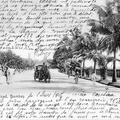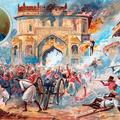Apple Tree Nala, Srinagar, (Kashmir)
This is among the earliest postcards of Kashmir, printed for a British publisher most likely by Raphael Tuck & Sons in London just before they themselves started printing what are probably the most well-known series of Indian postcards under their

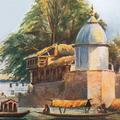
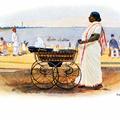
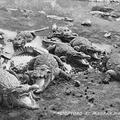
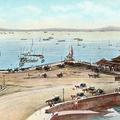
![[Indian Cavalry] [Indian Cavalry]](https://www.paperjewels.org/sites/default/files/styles/square_thumbnail/public/slides/india-army_0.jpg?itok=7evw3Eiy)
